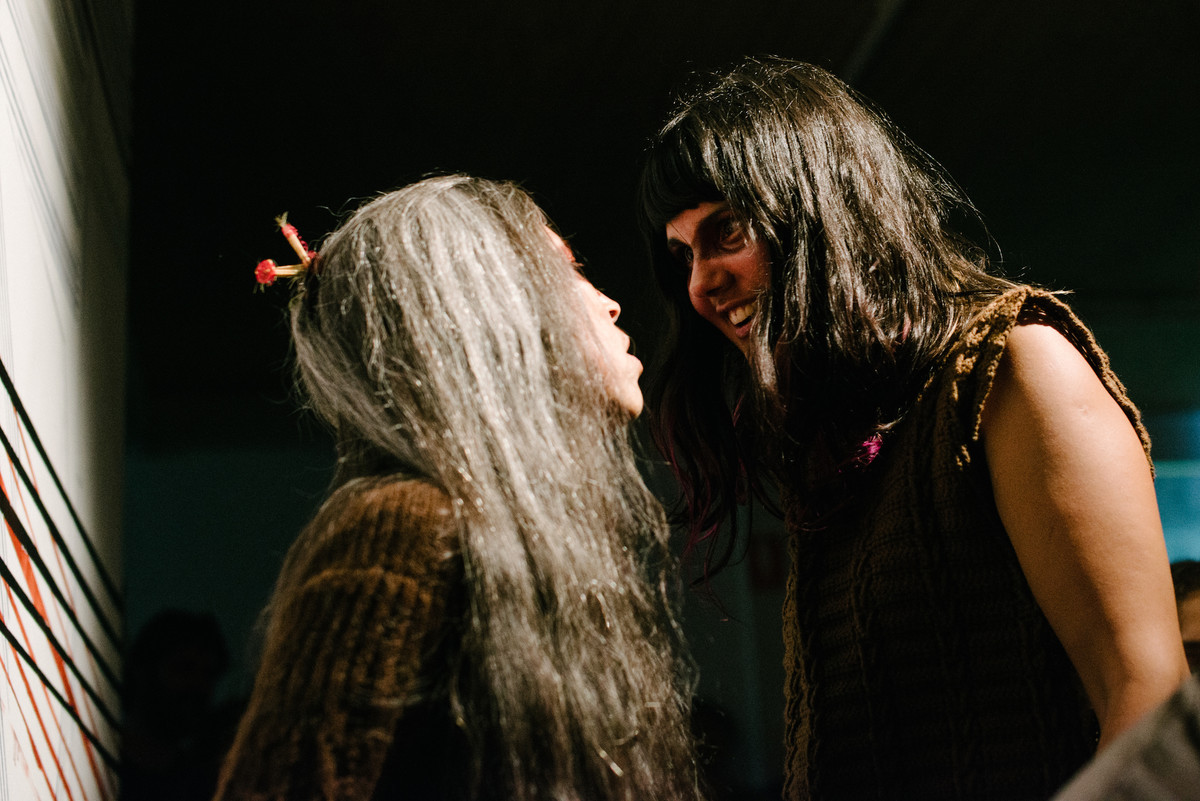
Why Listen to Animals?
Alex Cahill
Anthony Magen
Bryan Phillips AKA Galambo
Camila Marambio
Catherine Clover and Peter Knight
Cecilia Vicuña
Eugene Brockmuller
Fernando do Campo
Georgina Criddle
Jack Prendergast
Jake Moore
James Grant
James Utting-Webb and Riley Lockett
Joel Maripil
John Jenkin
John-Joe Wilson
Kim Satchell
Las Chinas
Louis Kennedy
Melissa Deerson
Miranda Liebscher
Nicholas Kuceli
Rob Thorne
Sarita Gálvez
Tessa Laird
Undine Sellbach & Stephen Loo
Will Foster and Sabrina D’Angelo
Bunna Lawrie
Thu, 22. Sep 2016
West Space
Level 1
225 Bourke St
Melbourne
VIC
Level 1
225 Bourke St
Melbourne
VIC
FREE
This experimental project by Liquid Architecture reframes English writer and artist John Berger’s classic 1980 essay ‘Why Look at Animals?’ through the prism of sound and listening. We gather together artists, musicians, scientists and historians to investigate human-animal sound via the dynamics of power, knowledge and value in the pursuit of a new question: ‘Why Listen to Animals?’
Artists
Alex Cahill
the marginalisation of animals by humans, animals as they exist only as forms and recycled clichés
Anthony Magen
Listening with your feet
Bryan Phillips AKA Galambo
electronic and acoustic sounds that help imagine the making of communal sonic rituals
Camila Marambio
private investigator, amateur dancer, permaculture enthusiast, and sporadic writer
Catherine Clover and Peter Knight
Unreliable Encounters in Jurong
Cecilia Vicuña
“lo precario” (the precarious); transformative acts that bridge the gap between art and life, the ancestral and the avant-garde
Eugene Brockmuller
6 of 1, Half a Dozen of the Other
Georgina Criddle
a voice from behind the great walls of brian
Jack Prendergast
Recreation of extinct animal vocalisations
Jake Moore
Because they Sound: Granulation as Reanimation
James Utting-Webb and Riley Lockett
the balance of power from; Animal > Human to Human > Animal**
Joel Maripil
Joel Maripil is a traditional Mapuche singer or ülkantufe who have been singing, dancing and playing Mapuche musical instruments in the diverse musical practices linked to religious and non-religious activities held in traditional communities.
John Jenkin
I Am Not An Animal
John-Joe Wilson
Puritans, psychedelics and pigeons
Kim Satchell
literature of place in the context of the coast and the Anthropocene
Las Chinas
Cosmic coincidences lead to the meeting of Chileans Sarita Gálvez and Camila Marambio
Louis Kennedy
tuned wires, corrugated iron roofing, lengths of PVC pipe, birdseed
Melissa Deerson
baroque dolphin mouth with hand in it / whale mouth with fish in it
Miranda Liebscher
outsource[animal]labour
Nicholas Kuceli
We have managed to silence animals within our citified spaces by biologically and spatially framing the animal world
Rob Thorne
stone, bone, shell and wood
Sarita Gálvez
Embodied learning from a post-anthropocentric perspective
Tessa Laird
"What is it like to be a bat?"
Undine Sellbach & Stephen Loo
While modern science is organised according to a visual schema, the biologist Jacob von Uexküll famously describes organisms and their environments in musical terms.
Will Foster and Sabrina D’Angelo
the superb lyrebird mimics the worst of human behaviours